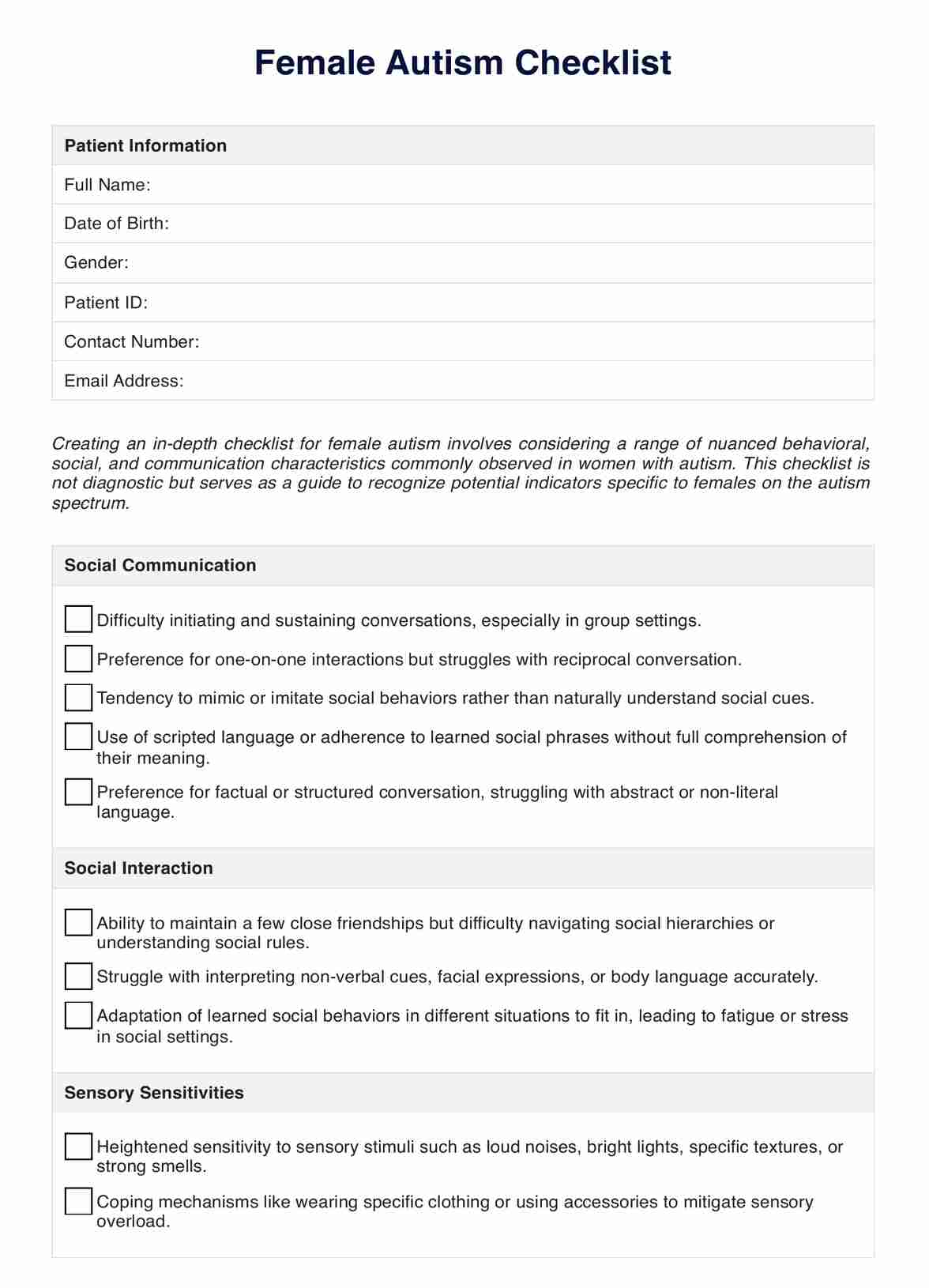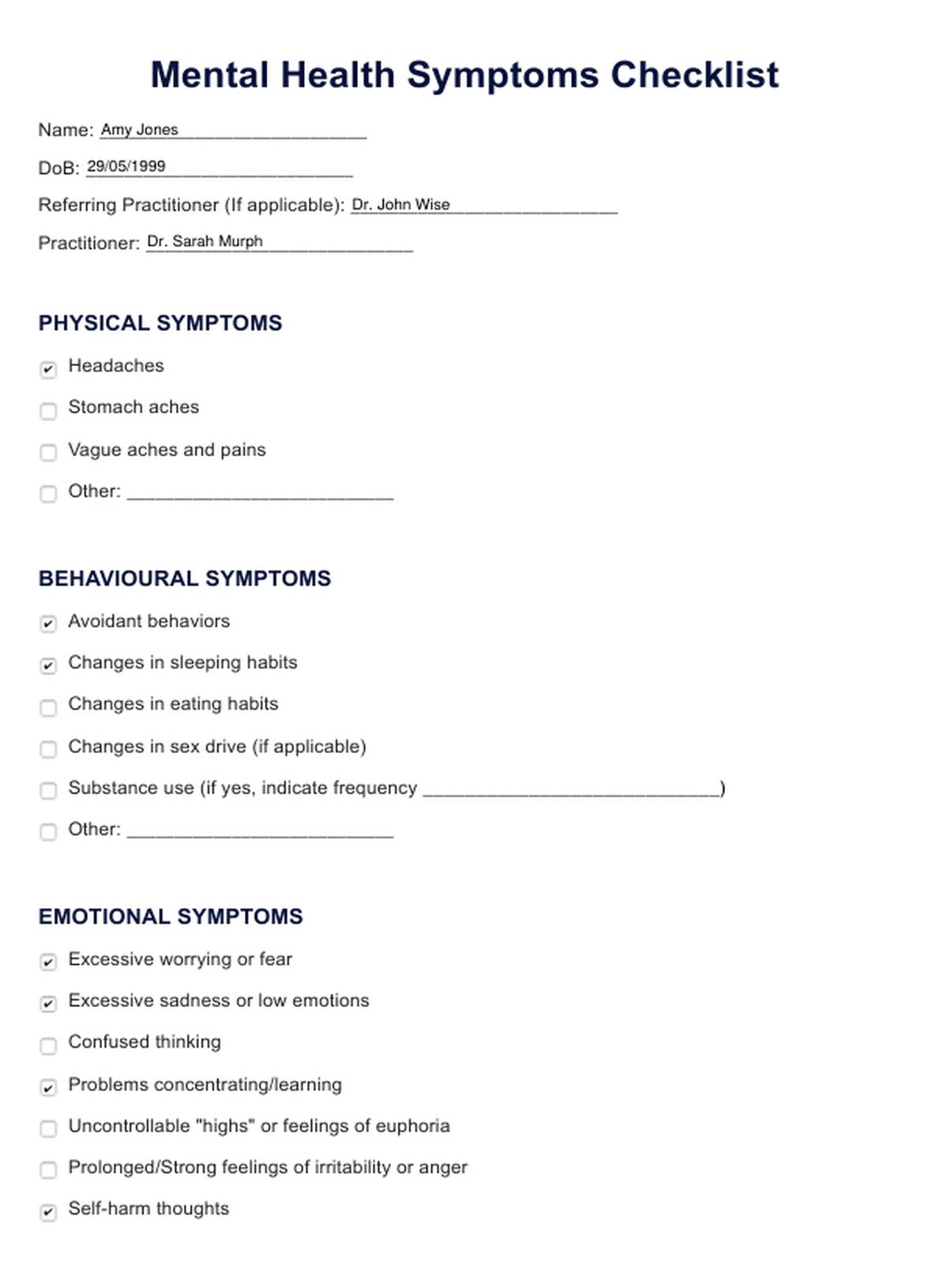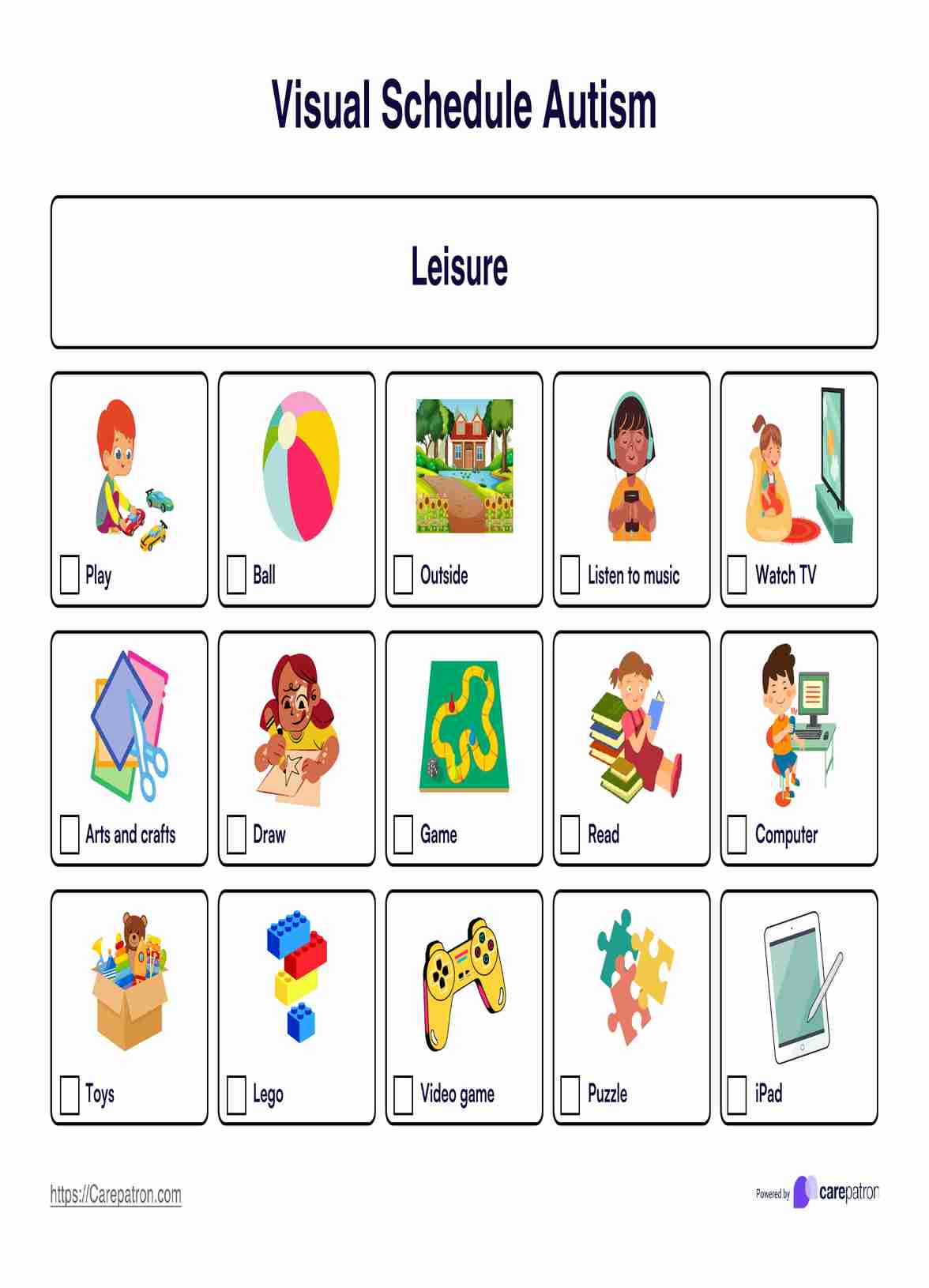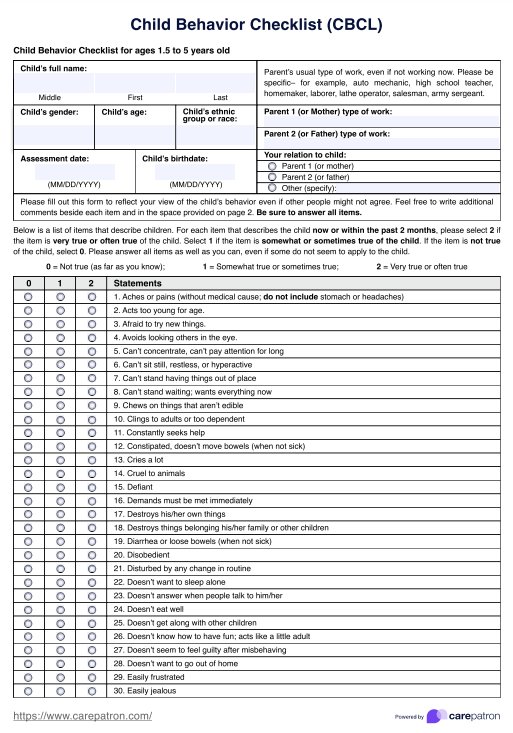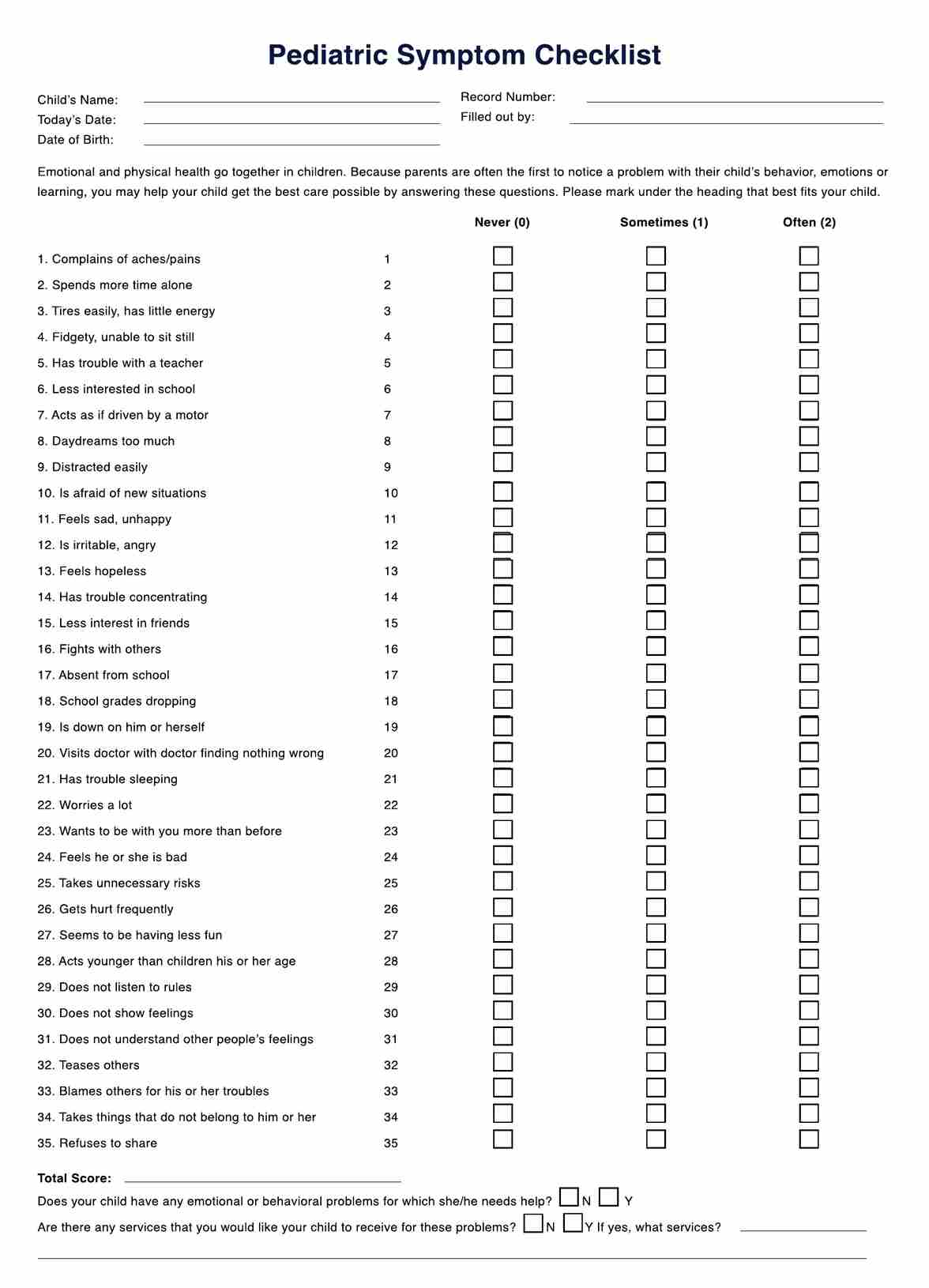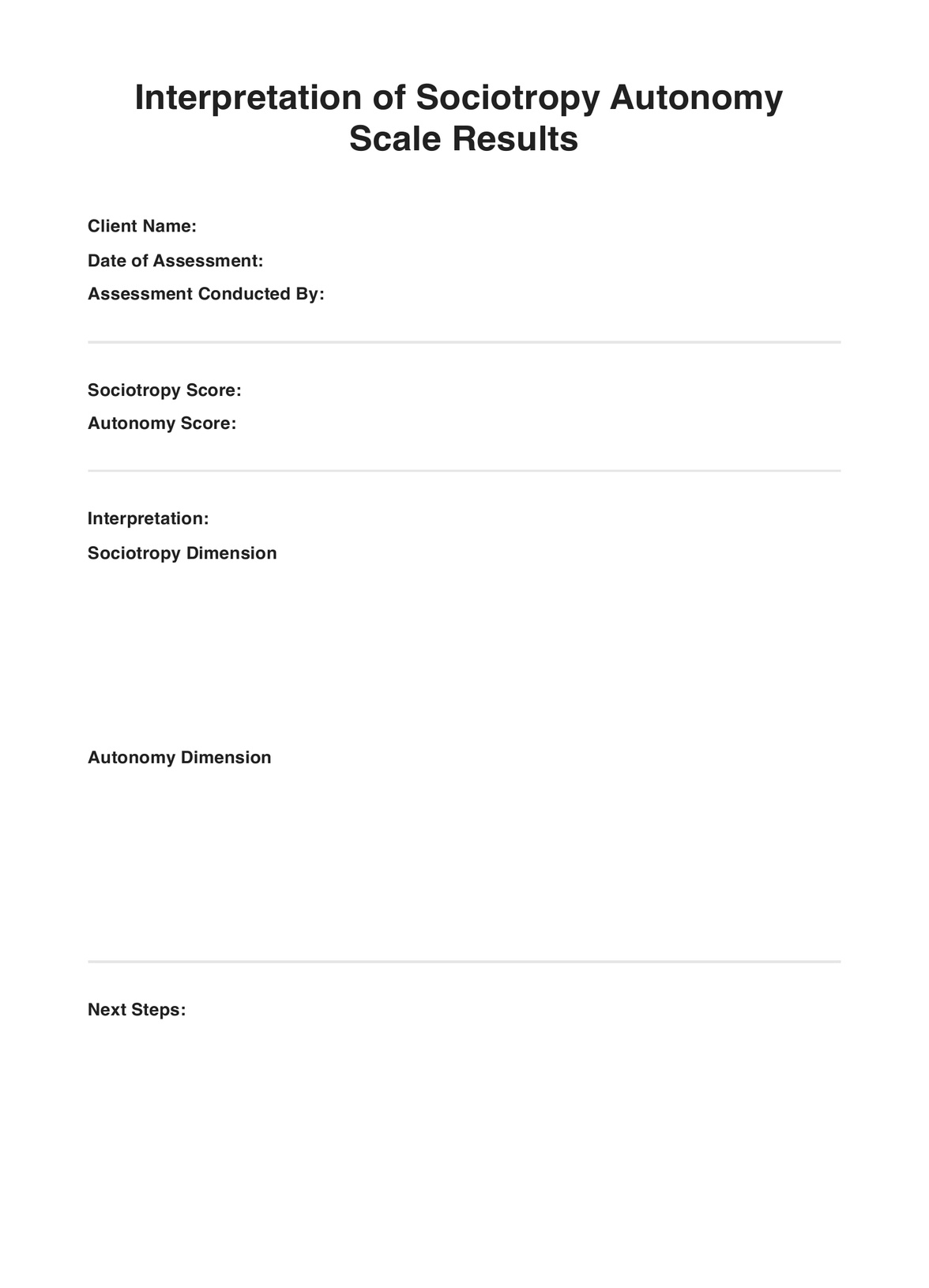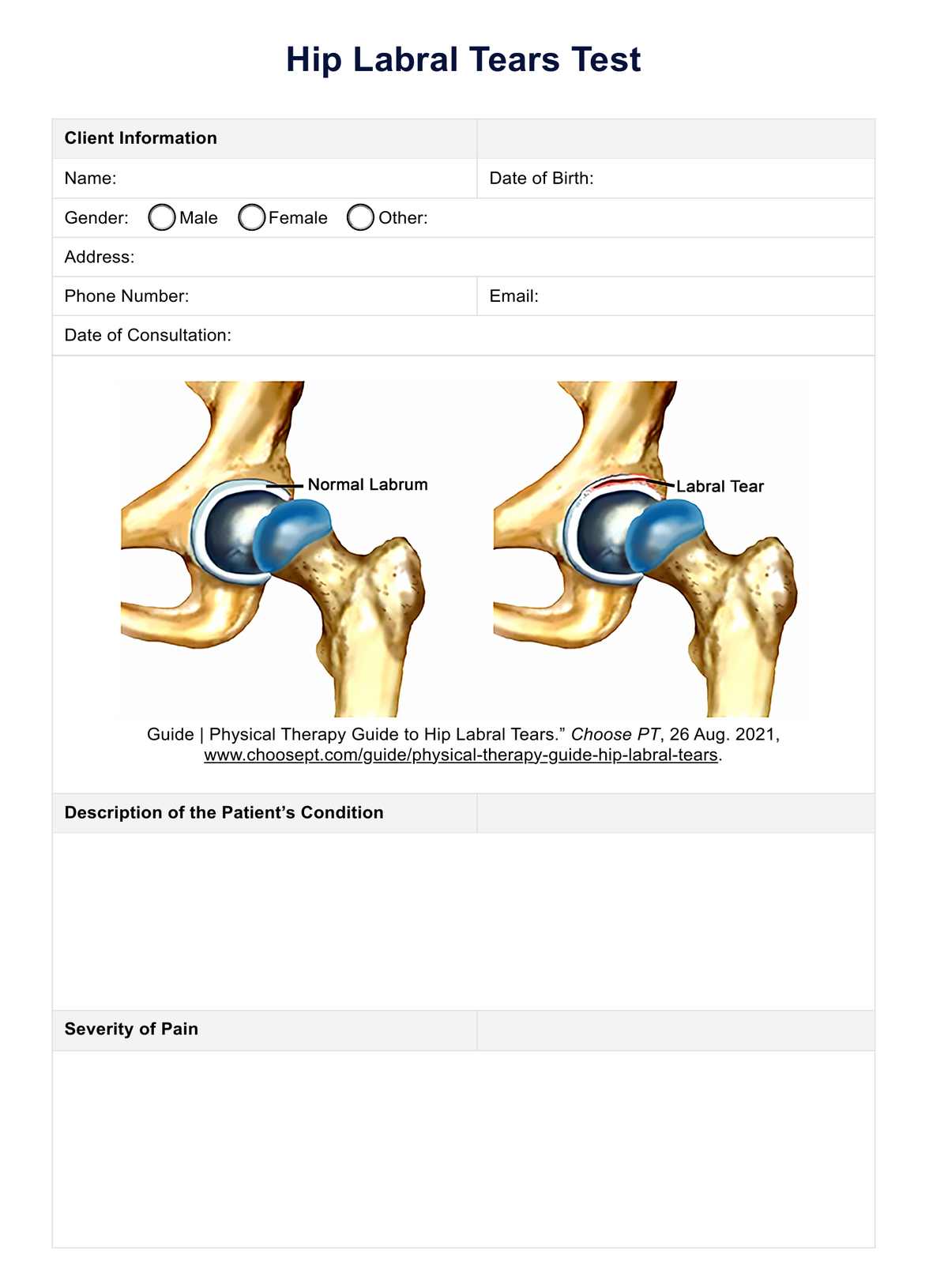Modified Checklist for Autism in Toddlers (M-CHAT)
Use the Modified Checklist for Autism in Toddlers (M-CHAT) to see if a child is showing signs of ASD.


What is the Modified Checklist for Autism in Toddlers (M-CHAT)?
The is a nifty Autism spectrum disorder (ASD) screening tool developed by Diana L. Robins, Deborah Fein, and Marianne Barton in 1999. It is meant to assess children between sixteen to thirty months of age to check if they have signs of ASD.
The checklist comes in the form of a questionnaire with twenty-three items revolving around a child's development and behavior. The questions mostly revolve around actions they might or might not be doing, like the following:
- Does the child point at things with his or her index finger?
- Is the child interested in other children?
- Does the child watch or look at things you're watching/looking at?
- Is the child able to make and maintain contact with his or her eyes?
- Does the child play pretend?
- Does the child scream or plug their ears when they hear certain noises?
- Does the child walk?
- Does the child make unusual movements using his or her fingers?
- Does the child respond when you call out his or her name or when they hear a strange or funny noise?
This questionnaire is meant to be answered by a toddler's parent(s) or guardian(s). The questions that they need to answer are simple Yes or No questions. Here are some of the questions they will see on the checklist:
- Does your child enjoy being swung, bounced on your knee, etc.?
- Does your child take an interest in other children?
- Does your child like climbing on things, such as upstairs?
- Does your child enjoy playing peek-a-boo/hide-and-seek?
- Does your child ever pretend, for example, to talk on the phone or take care of dolls, or pretend other things?
- Does your child ever use his/her index finger to point, to ask for something?
- Does your child ever use his/her index finger to point, to indicate interest in something?
- Can your child play properly with small toys (e.g. cars or bricks) without just mouthing, fiddling, or dropping them?
- Does your child ever bring objects over to you (parent) to show you something?
- Does your child look you in the eye for more than a second or two?
Depending on the question, a Yes or No could mean either Pass or Fail. For every answer equivalent to a Fail, the toddler will score a point. The total score will influence what should be done next for the toddler.
Modified Checklist for Autism in Toddlers (M-CHAT) Template
Modified Checklist for Autism in Toddlers (M-CHAT) Example
How to use the Modified Checklist for Autism in Toddlers (M-CHAT)
Step 1: Have a toddler's parent(s) or guardian(s) answer the questionnaire
On the day of your appointment with the toddler's parent(s) or guardian(s), you should issue this to them at a certain point. Whether you want them to answer on the spot or have them take it home is up to you. If the parent or guardian is fully aware of what the toddler does and what they are like, then they be able to answer the questionnaire on the spot.
If you want to be more sure about things, have them take it home so they can observe their toddler and answer the questions accordingly. This might be the better choice since you will give them the time to properly observe the child. If you are opting to have them take the checklist home, make sure to come to an agreement as to when they should submit a fully-accomplished checklist to you.
Step 2: Tally the scores and determine the next course of action.
Once you receive a fully-accomplished checklist, you need to tally the scores. Despite being a Yes or No questionnaire, the point designations are not set. While the majority of the Yes answers are equal to a Pass (which is worth 0 points), there are some Yes answers that are equal to a Fail (which is worth 1 point). To help you out so you don't have to guess, you just need to know these:
- For Questions 11, 18, 20, and 22, a Yes is equivalent to Fail, a No is equivalent to Pass
- For the rest of the questions, a Yes is equivalent to Pass, a No is equivalent to Fail
Once you have calculated the scores, check these score ranges and designations to help inform your decisions as to what should be the next step:
- 0 to 2 points = Low Risk. No follow-up interview is necessary because the child screened negative. The child can be rescreened after 3 months or after 24 months (if the child is younger than 2 years by then) if the parent or guardian wishes.
- 3 to 6 points = Moderate Risk. You need to schedule a follow-up interview with the parents to gather more information about the child. Their answers should help you determine if the toddler needs to go through a diagnostic evaluation as well as early intervention services.
- 7 points or more = High Risk. Skip the follow-up interview and have them referred for a diagnostic evaluation and early intervention services.
What is the M-CHAT R?
In 2009, the authors of the M-CHAT created a new version of the tool to more accurately assess a child's behavior and development for signs of ASD as they believed the original to have the risk of leading to false positives. This version of the M-CHAT has a lower risk of false positives and can detect more ASD cases than the original.
It is more or less similar to the original M-CHAT but this time, there are only 20 questions. The way they're answered is still the same: Yes or No. The only major difference is how the tools suggest risk via the scoring.
M-CHAT R scoring
Here are the score ranges for the M-CHAT R:
- Low risk: 0-2. If the child is younger than 24 months, it's recommended to have them screened again a little after their second birthday. Besides that, no further action is required unless observations show signs or risk of ASD.
- Medium risk: 3-7. You must administer the M-CHAT R/F, which is the follow up interview for this. You can obtain a copy from the M-CHAT official website. If the M-CHAT R/F total score is 0-1, no further action is required but should be rescreened if parents or guardians still observe signs. If the score is 2 or higher, they are positive and should be referred for a diagnostic evaluation.
- High risk: 8+. The use of the M-CHAT R/F can be bypassed and have the child referred for a diagnostic evaluation.
When does one typically use the Modified Checklist for Autism in Toddlers (M-CHAT)?
The best time to use this is, well, immediately. The Modified Checklist for Autism in Toddlers (M-CHAT) is a screening tool specifically designed to assess toddlers aged between sixteen to thirty months old.
If the parents or guardians of the toddler suspect that the child is showing signs of autism, they should set up an appointment with a healthcare professional to discuss, and during that discussion, this checklist must be issued.
The end goal of the checklist is to lead to a referral for an ASD diagnostic evaluation so that care plans can be created and the ASD can be managed better by the kid and their parents/guardians. Given this, using the checklist as soon as possible is highly recommended.
The checklist also has a follow-up version (please refer to the M-CHAT official website for this particular form), which is issued if the initial score of the toddler is within the Moderate Risk range. That particular version is used to get more information from the parents before deciding if the toddler should be referred for a diagnostic examination.
We do recommend that you request the use of M-CHAT R and the M-CHAT R/F from the official site for lower risk of false positives.
Explore our care plan template for added support in improving your practice and client results.
Who can use the Modified Checklist for Autism in Toddlers (M-CHAT)?
The following healthcare professionals can use the Modified Checklist for Autism in Toddlers (M-CHAT) for their work:
- Pediatricians, especially those who focus on developmental and behavioral problems in kids
- Family doctors
- Nurses
So long as the healthcare professional is highly trained and specializes in assessing the development of children, especially those who have autism spectrum disorder and related conditions, then they may use this checklist.
It's important that only experts use this because ASD does not just impact the child but also their parents/guardians. The goal is to make sure that the family will follow a plan that spans years in order to cope, deal with, and manage the ASD better so that the child and their parents can live without the ASD being a massive cause for concern.
Commonly asked questions
No. This is a screening tool, not a diagnostic tool. You are allowed to use this in order to determine if the child should be referred for a diagnostic examination.
It depends on the score range. If they are in the Moderate Risk range, then parents need to answer the follow-up version of this checklist before the professional decides on what to do. If they are in the High Risk range, then the follow-up will be bypassed and they will be referred for a diagnostic examination.
If you are a healthcare professional, try to comfort the parents and tell them that it's good that they are having their toddler checked early so that a care plan can be developed, and the plan will help them deal with and manage the ASD well enough that it does not negatively impact the child and the parents.
Nope. This only screens kids for possible ASD. ASD may come alongside other developmental issues but other types of assessments are needed to screen for those.
Yes, but it's highly recommended you use the revised version for lower risk of false positives.


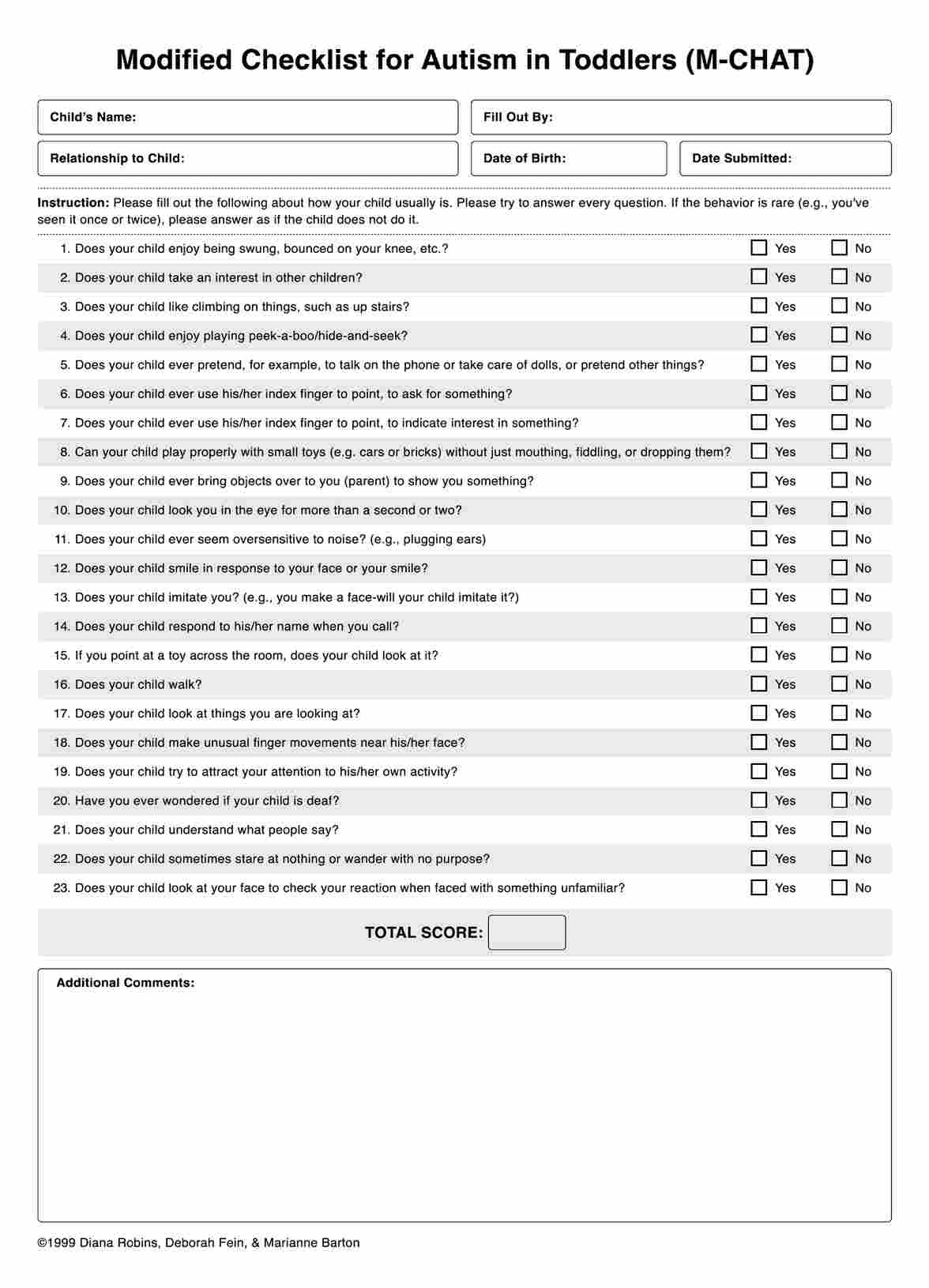
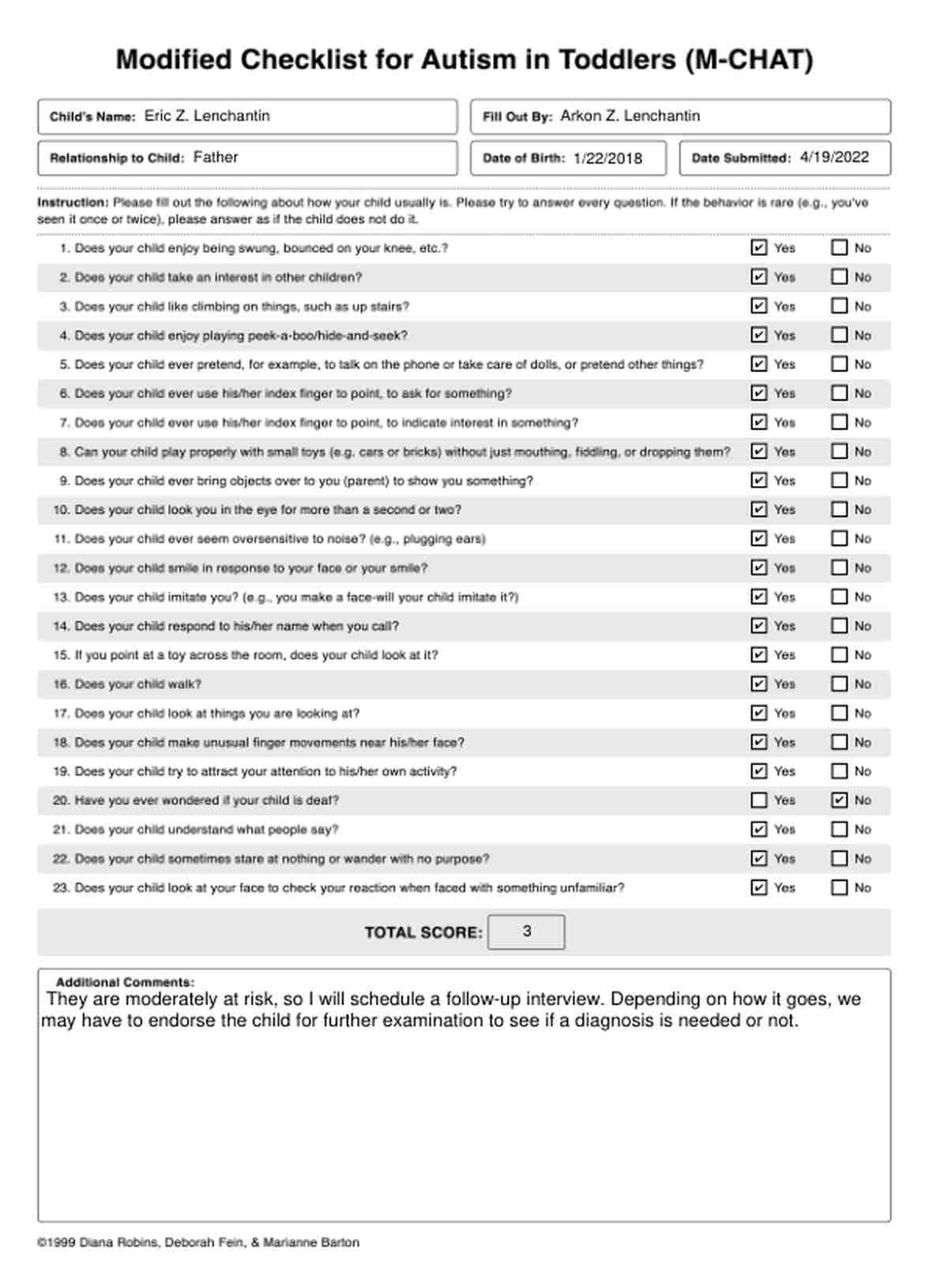













-template.jpg)























































































